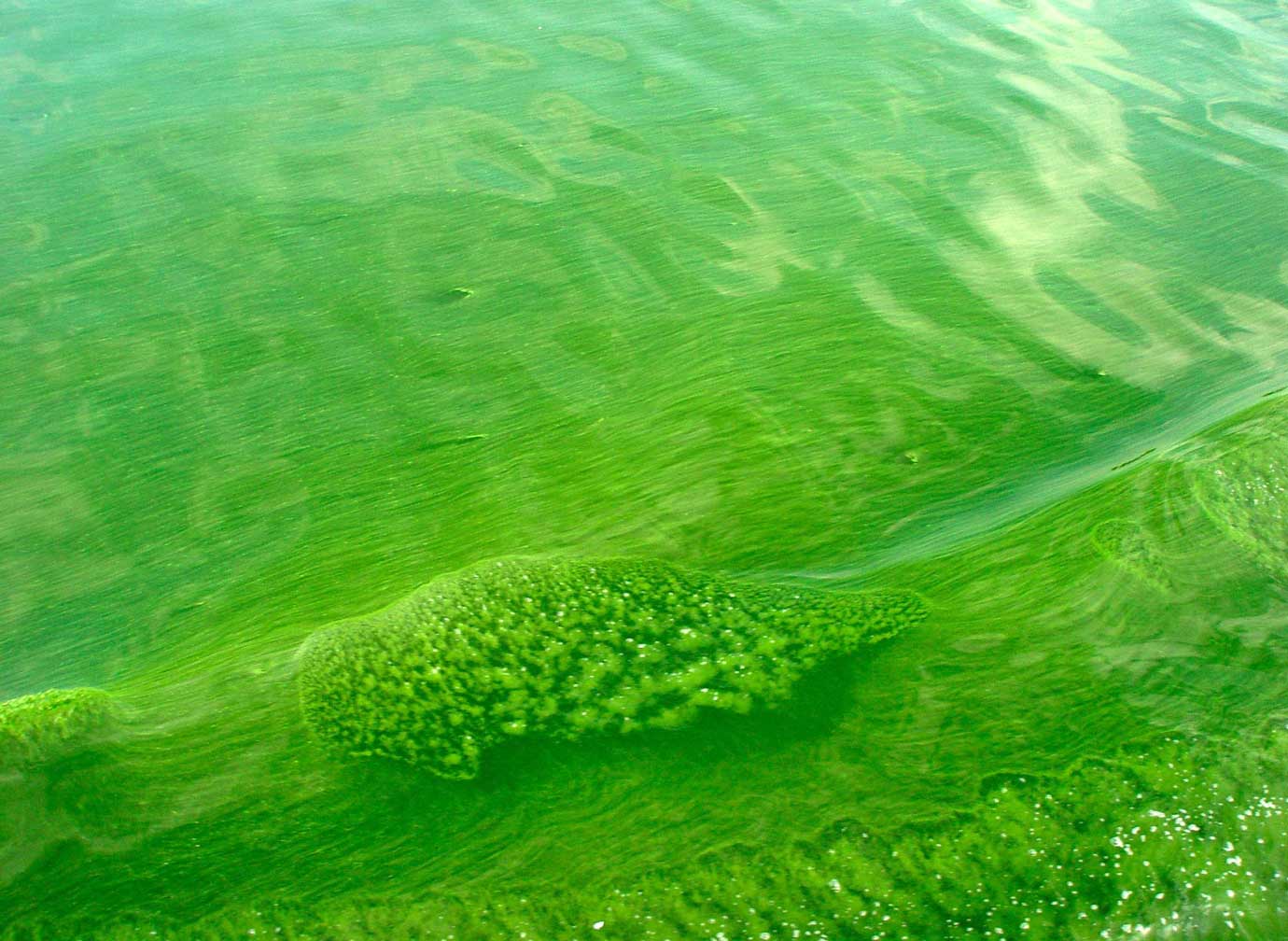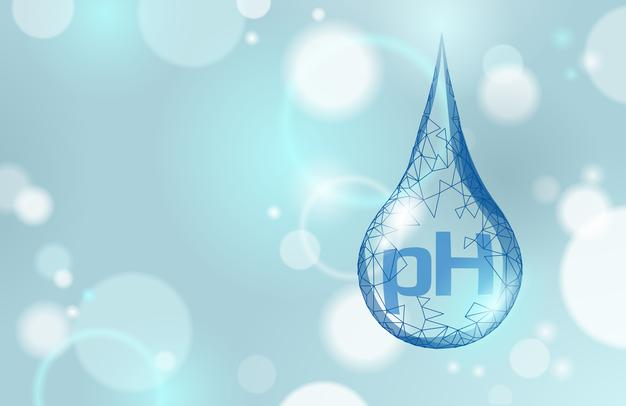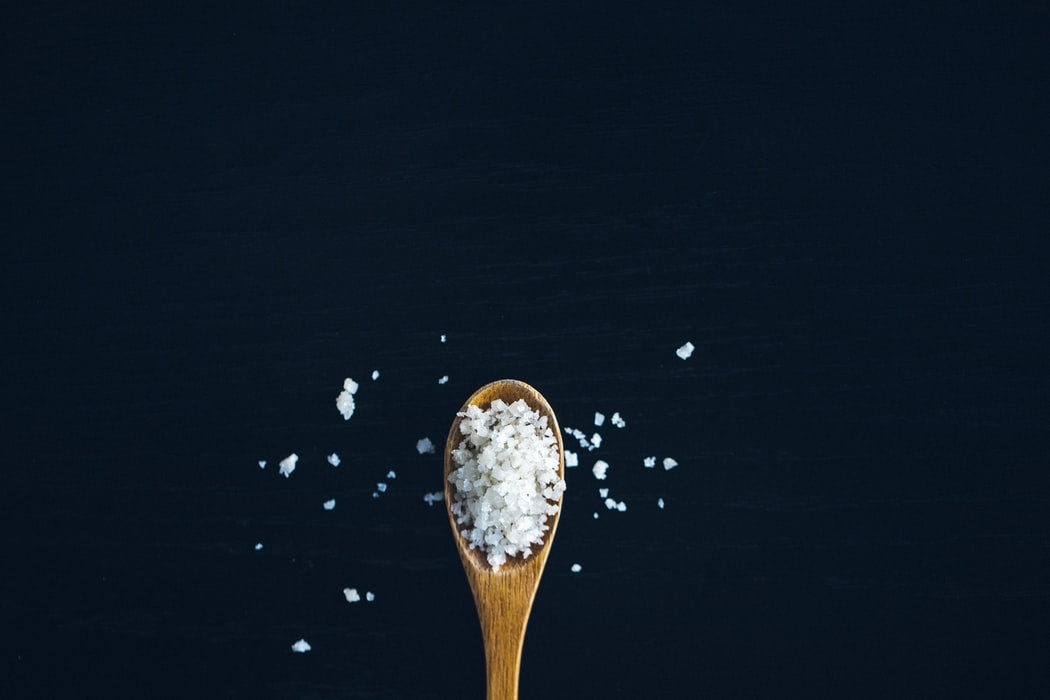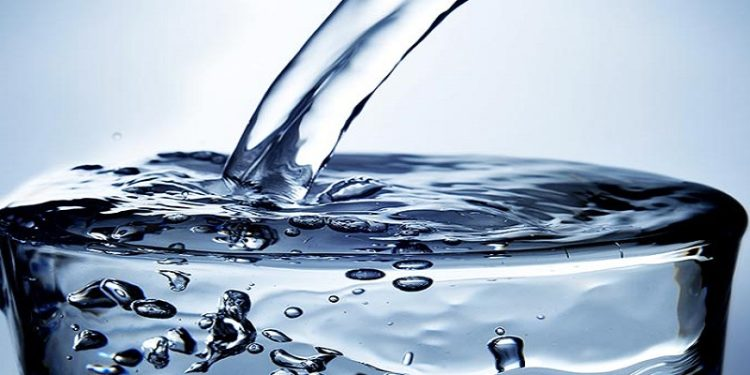Pets Need Clean Drinking Water Too – Here’s Why
In the wild, animals can use their extraordinary sense of smell to discern which water is best to drink. As such, they naturally avoid water containing chemicals and other detectable contaminants. But since not all tap water is safe, you can give your pets contaminated water, which can poison them.

For this reason, we have decided to emphasize the importance of clean drinking water for pets and what you can do to ensure that your water is not contaminated.
Is your tap water safe for your pets?
Whether your water comes from a municipality, well, river or any other source, there is always the possibility of it becoming contaminated. It’s not easy to tell if your tap water is completely safe for pets just by smelling, tasting, or looking at it, but there are several things we must consider to make an accurate judgment. First of all, we must take into account the possible presence of toxic pollutants such as industrial chemicals, pesticides, metals, pharmaceuticals, bacteria, viruses, protozoa, parasites pesticides, volatile organic compounds (VOCs), radioactive contaminants such as plutonium and uranium and even sewage and sewage spills. Second, water hardness can also be a potential threat to the health of some pets. And last but not least, we must not forget that fluoride in water causes cancer.
Considering all the dangerous impurities that can be in untreated tap water (in some areas), it is not safe for humans to drink and certainly not safe for your pets. If you don’t drink water from your faucet, there’s no way you should give it to your pet.
Common water pollution problems and how they affect pets
Some people believe that 5,000 ppm (parts per million) of total dissolved solids in drinking water is acceptable for pets. However, when we looked at the difference in drinking water containing 5,000 ppm sodium versus 5,000 ppm toxic arsenic, we did not completely agree with that recommended contamination level. Instead, it makes more sense to observe the concentrations of each water contaminant as well as their known health effects:
Disinfection by-products
Municipal water treatment plants often do a great job of filtering water to ensure it is safe for people and pets to use. The problem is that most utilities add chlorine to disinfect the water.
Although chlorine effectively kills harmful bacteria and viruses, prolonged exposure to chlorinated water can be harmful to furry and scaly pets. According to SprucePets, drinking too much chlorinated pool water can irritate a dog’s digestive tract, leading to nausea, vomiting, and damage to the esophagus.
The study also found that “chlorine kills living cells, often damaging the fish’s sensitive gills as well as the skin covering their entire bodies.” According to the study, “fish released in chlorinated water will begin to have respiratory problems and may suffocate, unable to breathe normally.”
Chlorine can also create dangerous disinfection by-products (DBPs) when combined with natural substances found in water. A research team at the University of Wisconsin, Madison, found that DBP was three times higher in counties where dogs with bladder cancer lived.
Hard water
Trupanion, a pet insurance company, recently conducted a study linking high hard water ratings from the Environmental Protection Agency (EPA) in several cities and the potential for increased claims. greater for urinary problems in dogs and cats.
The Trupanion study revealed that male cats are 1.5 times more likely to have urinary problems than female cats, and cat owners are 40% more likely to file complaints about these problems. compared to dog owners.
Not only cats are affected, in communities with hard water, dog owners also report urinary tract infections, urinary incontinence, cystitis, and crystaluria in their furry companions. Surname. Female dogs are 2.5 times more prone to urinary problems than male dogs.
In addition to being detrimental to your pet’s health, treating these medical conditions can also be very expensive. Trupanion reports that the cost of diagnosing and treating urinary problems in pets ranges from $77 to over $1,200.
Excess lead
As revealed by a 2017 study published in the Journal of the American Veterinary Medical Association (JAVMA), pets can also suffer long-term effects from lead exposure. In Flint, Michigan, dogs had blood lead levels four times higher than dogs in other areas, even though their owners provided clean water for them.
The researchers point out that animals are more susceptible to the effects of lead exposure than humans, and the negative consequences can be severe. Cats may experience intermittent seizures, while dogs may experience multiple system damage.
Too much iron
According to experts at Wag Veterinary Services, excess iron in a dog’s body can damage many systems, including the liver, metabolic, nervous and cardiovascular systems. Furthermore, their bodies cannot excrete iron.
Iron poisoning often occurs when pets inadvertently ingest something they shouldn’t be eating, such as vitamin supplements. However, pets that live in areas with hard water may also be at risk of ingesting excess iron from their water bowls. This is because hard water contains high levels of minerals, sometimes including iron, which can build up in your pet’s water bowl over time.
Algae blooms and cyanobacteria
Algae blooms are becoming increasingly common in bodies of water worldwide, in part due to climate change. These blooms occur when waterways are polluted with excess fertilizers and minerals, erosion, and other pollutants that increase the concentration of solids in the water. The result is an abundance of nutrients and a lack of sunlight creating the perfect breeding ground for algae, including cyanobacteria.
Cyanobacteria produce potent neurotoxins that can make pets and people sick and sometimes even lead to death. In fact, several beloved dogs were killed by algae blooms in Austin, Texas, just a few years ago.

While municipal water treatment effectively removes toxins and contaminants from our water supply, trace elements can remain. And let’s not forget the impact the condition of our pipes on our homes has on water quality, as we saw in the case of Flint, Michigan.
Fluoride
At high enough levels, fluoride is very dangerous. It can put stress on the kidneys to get rid of it from the body and can cause drooling, restlessness, severe illness, muscle weakness, stiffness, fast heartbeat, coma or even death. Fluoride in water can also cause cancer in pets – just like in humans.
Arsenic
High amounts of arsenic are rarely found in tap water, but if it is and your pet swallows too much, it can lead to colic, lethargy or even unconsciousness.
E. coli
Some strains of E. coli bacteria are harmless, but dangerous strains are sometimes found in our public water systems. Pets infected with E. coli may have symptoms such as low body temperature, depression, increased heart rate, diarrhea, vomiting, loss of appetite, lethargy, and weakness.
Giardia
This is a parasite that is transmitted by dropping feces into water, food, soil, and other surfaces. Giardia can cause diarrhea in animals as well as humans.
Why do pets need clean water?
Water is essential to the health of all mammals, making up 55 to 75% of the body mass of warm-blooded organisms. It acts as a gentle cooling engine in your pet’s body as they release water vapor through panting and sweating. When ingested, untreated water flowing through the body can cause a number of infections and damage a pet’s immune system. On the contrary, clean drinking water helps to cleanse and detoxify your pet’s entire body.
Since water is a universal solvent, it can transport many different substances. Water’s ability to remove toxins from the body makes it capable of transporting harmful substances into the body. In this case, contaminants present in untreated tap water can easily enter your pet’s body. With that in mind, it’s up to you to figure out which water is the healthiest for your pets so they can live longer and healthier lives. But don’t worry, we’ve researched and found the perfect solution for dogs, cats, hamsters, and more. your. This method not only keeps your pet safe and well-hydrated, but also your whole family.
How to keep drinking water safe for pets
By now, you know that the water that we and our pets drink must be purified. But not all purification methods are created equal. If your tap water is not healthy to drink, both people and pets can get a variety of dangerous water-borne illnesses, or even die. To prevent that, you can take the following preventive steps:
Make sure a bowl of clean water
Sometimes the problem is not the water, but the bowl of water your pet is drinking. If it is not cleaned regularly, bacteria can start to grow in the bowl and eventually infect your pet. Therefore, you must keep the bowl clean by washing it regularly, and if possible, change the water twice a day to keep the bowl clean. Additionally, steel water tanks are a better alternative to plastic bowls as there are concerns about toxins leaching from plastic materials into the water.
Invest in a certified water filter
Providing clean and healthy drinking water for our pets is just as important as it is for ourselves. After all, unfiltered water can contain harmful contaminants like iron, chlorine, chemical byproducts, and other toxins that can harm our precious pets.
To determine if your water source is contaminated, purchase a water test kit or check your water quality report. If the results show that your water is contaminated, we recommend that you install a home water treatment system to correct the problem.
Song Phung offers some of the best water filtration and purification systems. For example, our whole-house water filter removes up to 99.6% chlorine, chloramines and other contaminants that cause unpleasant odors and tastes in water. They are also effective against lead, pesticides, hard-to-remove toxins, and other potentially dangerous water contaminants.
For even better filtration, you can add a water softener to remove calcium and magnesium which are known to cause crystals in your pet’s urine and lead to urinary tract infections and urinary incontinence. Or perhaps you’ll enjoy the convenience of a dual water softener system that combines whole-house filtration and softening both in a single setup.
If you’re concerned about bacteria and viruses hurting your pets, our UV water filtration system add-on has been proven to control microbiological problems in your water. , including E. coli, Cryptosporidium and Giardia lamblia. Our UV systems kill 99.9% of harmful pathogens, viruses and bacteria to protect your home from waterborne pathogens.
If you need help choosing a specific system or would like to learn more about the different water treatment systems and technologies we offer, please call 0913.90.72.74 – 0984.620.494.
Follow Fanpage: https://www.facebook.com/SongPhungthietbinganhnuoc/ to update new products
See also: How water softeners help prevent itching after bathing
Translator: Duong Nguyen Hoang Khang













